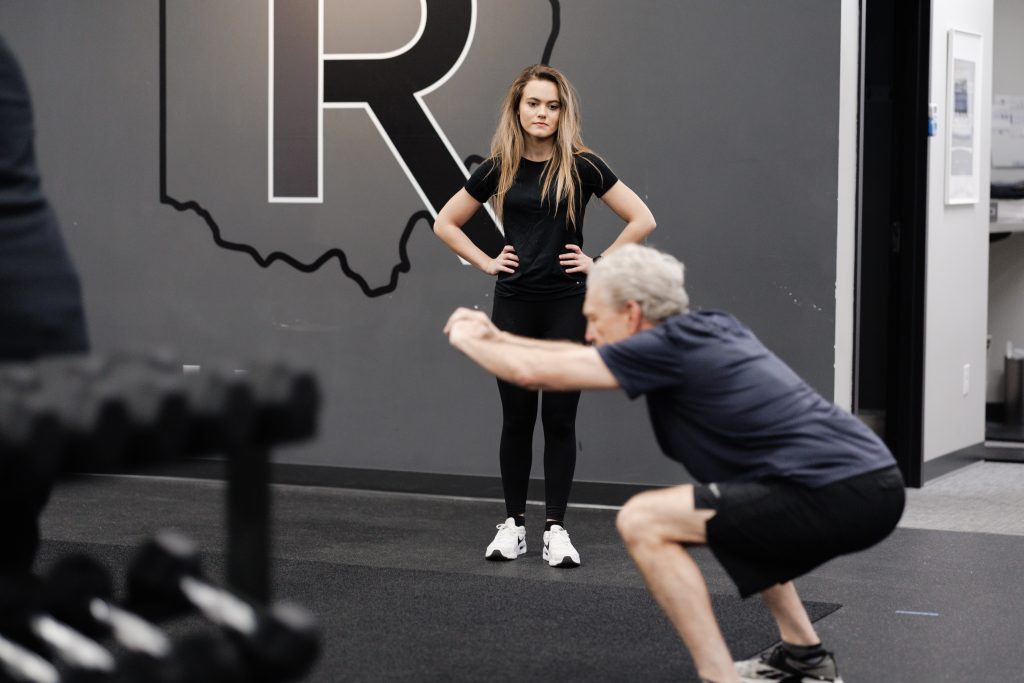As we age, our bodies go through many changes, one of the most significant being the decline in muscle mass and strength. After the age of 55, this decline becomes more noticeable and can impact quality of life, physical function, and overall health. Understanding the causes of this decline, its effects, and ways to mitigate it can help you maintain strength and vitality well into your later years.
Understanding Muscle Mass Decline: Sarcopenia
Sarcopenia is the term used to describe the loss of muscle mass and strength that occurs with aging. It typically begins around the age of 40 but accelerates after the age of 55. This process is a natural part of aging, but it can be exacerbated by a sedentary lifestyle, poor nutrition, and chronic health conditions.
Key Factors Contributing to Sarcopenia:
1. Hormonal Changes: The decline in anabolic hormones such as testosterone, growth hormone, and insulin-like growth factor-1 (IGF-1) plays a significant role in muscle loss. These hormones are essential for muscle protein synthesis, and their reduction leads to a decrease in muscle mass.
2. Reduced Physical Activity: As people age, they tend to become less active. This decrease in physical activity leads to muscle atrophy because muscles need regular use to maintain their size and strength.
3. Nutritional Deficiencies: Inadequate protein intake is common among older adults, contributing to muscle loss. Protein is essential for muscle repair and growth, and without enough of it, muscle mass will decline.
4. Chronic Inflammation: Aging is often associated with chronic, low-grade inflammation, which can lead to muscle breakdown and impede muscle repair.
5. Neuromuscular Changes: There is a natural decline in motor neurons as we age, leading to a decrease in muscle activation and coordination. This contributes to both strength loss and muscle mass decline.
Effects of Muscle Mass Decline
The decline in muscle mass and strength after age 55 has several effects on the body, including:
1. Decreased Physical Function: Loss of muscle strength makes it harder to perform everyday tasks, such as climbing stairs, carrying groceries, or getting up from a chair. This can lead to a loss of independence.
2. Increased Risk of Falls: Weaker muscles and decreased coordination increase the risk of falls, which can lead to fractures and other serious injuries.
3. Metabolic Slowdown: Muscle is a metabolically active tissue, meaning it burns calories even at rest. Loss of muscle mass can lead to a decrease in metabolism, making weight management more challenging.
4. Reduced Bone Density: Muscle mass and bone density are closely related. As muscle mass declines, bone density may also decrease, increasing the risk of osteoporosis and fractures.
5. Impaired Glucose Metabolism: Muscle tissue plays a key role in glucose metabolism. Loss of muscle mass can lead to insulin resistance and increase the risk of type 2 diabetes.
Mitigating Muscle Mass Decline
While the loss of muscle mass and strength is a natural part of aging, it is not inevitable. There are several strategies you can employ to slow down or even reverse this process.
1. Strength Training: Regular strength training is one of the most effective ways to combat muscle loss. Lifting weights, using resistance bands, or performing bodyweight exercises can help maintain and even increase muscle mass. It is recommended to engage in strength training exercises at least two to three times per week.
2. Protein-Rich Diet: Ensuring adequate protein intake is crucial for muscle maintenance. Older adults should aim for a protein intake of about 1.2 to 1.5 grams per kilogram of body weight per day. This can be achieved through a diet rich in lean meats, fish, eggs, dairy, legumes, and plant-based protein sources.
3. Regular Physical Activity: In addition to strength training, regular physical activity, such as walking, swimming, or cycling, helps maintain muscle mass and overall health. Aim for at least 150 minutes of moderate-intensity aerobic activity per week.
4. Nutritional Supplements: In some cases, nutritional supplements like protein powders, creatine, or amino acids may be beneficial, especially for those who struggle to meet their protein needs through diet alone. However, it’s important to consult with a healthcare provider before starting any supplementation.
5. Hormone Replacement Therapy: For some individuals, hormone replacement therapy (HRT) may be an option to address the decline in anabolic hormones. This should be discussed with a healthcare provider, considering the potential risks and benefits.
6. Addressing Chronic Conditions: Managing chronic conditions such as diabetes, cardiovascular disease, or arthritis can help reduce their impact on muscle health. Regular check-ups and working with healthcare professionals to optimize management can make a significant difference.
7. Adequate Sleep: Sleep is essential for muscle recovery and overall health. Older adults should aim for 7-9 hours of quality sleep per night to support muscle repair and growth.

Conclusion
The decline in muscle mass and strength after age 55 is a significant concern, but it is not an inevitable part of aging. By staying active, maintaining a protein-rich diet, and engaging in regular strength training, you can preserve muscle mass and strength, reducing the risk of falls, fractures, and other age-related health issues. Taking proactive steps today can help you maintain a high quality of life well into your later years.
By understanding the factors that contribute to muscle decline and taking steps to address them, you can enjoy better physical function, greater independence, and improved overall health as you age.

Recent Comments